What Are China Easy Balcony Angled Solar Panel Kits and Why They Matter
If you’ve ever looked up at a modest apartment balcony and wondered if it could help power your home, you’re not alone. China easy balcony angled solar panel kits are catching attention worldwide for their practical, affordable way to roll out solar energy one balcony at a time. These kits—small, angled solar panel setups designed specifically for balcony installation—are more than a neat gadget for eco-enthusiasts. They offer a way for urban dwellers to join the renewable energy revolution without major hassle or building modifications.
In a time when every watt of sustainable power counts, understanding these balcony kits unlocks fresh possibilities. Why? Because they bring solar power to places other panels simply can’t reach, making green energy more accessible, flexible, and scalable. If you’re curious about how they fit into global energy goals or your next project, this deep dive covers everything from their key features to future trends.
Global Context: Why These Kits Are Gaining Momentum
The global demand for renewable energy is a story that’s been gathering pace for decades. According to the International Energy Agency (IEA), solar accounted for nearly 50% of new power capacity additions worldwide in 2023. Yet, city living poses a puzzle — not everyone has access to rooftop space or the budget for large systems. This is exactly where china easy balcony angled solar panel kits come in handy.
Urban populations are expected to swell, with the UN estimating nearly 70% of the world will live in cities by 2050. That’s a lot of balconies waiting to be tapped! Plus, many regions grapple with inconsistent grid power or need supplemental electricity sources for sustainability goals. These kits answer the call for scalable, lightweight, and easily deployable solar solutions that can retrofit almost any building without switching out windows or balconies wholesale.
But challenges remain around installation ease, structural integrity, and output consistency. That’s why innovation in such kits is so crucial—and why they stand out in China’s thriving solar manufacturing ecosystem.
Defining China Easy Balcony Angled Solar Panel Kits
Put simply, these are ready-to-install solar panel kits crafted by Chinese manufacturers that feature:
- Compact, angled mounting frames designed to fit various balcony profiles
- Plug-and-play wiring for quick setup, often by non-specialists
- Durable materials to withstand outdoor elements with no major balcony modifications
- Optimized panels focused on maximizing solar gain despite suboptimal angles
They're often paired with smart inverters and battery systems for better residential use. In real terms, the “easy” part means these kits avoid the usual construction headaches and give apartment tenants a share of solar power independence.
Core Components and Considerations
Durability and Weather Resistance
A balcony’s exposure to wind, rain, and sun is uncompromising. These kits use tempered glass panels, anodized aluminum frames, and IP65-rated waterproof connectors to stay robust season after season.
Angle Design for Maximum Output
Unlike flat panels sitting flush on roofs, these kits come with adjustable angled mounts—often between 15°-45°—tailored for local solar positions. This ensures energy capture stays reasonable even on narrow or shaded balconies.
Scalability for Diverse Balcony Sizes
Whether you’ve got a half-meter ledge or a sizable corner balcony, kits come in modular sizes (from a 50W panel up to 300W setups) to fit. This scalability also helps with cost management.
Plug-and-Play Installation
Straightforward wiring and mounting mean landlords and tenants alike can install units with minimal tools or professional help. Some kits even come with app integration for monitoring.
Cost Efficiency
Thanks to China’s massive solar manufacturing scale, these kits remain surprisingly affordable—especially compared to rooftop systems that require permits or contractors.
Supplier Support and Certification
With IEC and ISO certifications widely held, these kits ensure performance guarantees. Plus, Chinese vendors often provide multi-year warranties and clear documentation.
Mini Takeaway:
You’re looking at a package where practicality meets affordability, designed specifically for urban solar adoption through balcony power generation.
Product Specification Table
| Feature |
Typical Specification |
| Panel Type |
Monocrystalline Silicon |
| Panel Wattage |
100W - 300W per panel |
| Mounting Angle |
Adjustable (15°–45°) |
| Frame Material |
Anodized Aluminum |
| Waterproof Level |
IP65-rated connectors |
| Installation |
Tool-free or basic tools needed |
| Warranty |
10 years panel, 2–5 years kit |
Global Applications: Where and How They’re Used
Urban rooftops might be scarce, but balconies are everywhere. From dense cities in Asia to European apartment blocks and even remote industrial housing, these angled balcony kits find practical use cases:
- Asia-Pacific megacities: Especially in China, Japan, and South Korea, apartments with limited rooftop access use these kits to supplement household power.
- European retrofit projects: Green energy initiatives push for solar in densely populated cities without major renovations.
- Post-disaster shelter zones: Portable solar solutions for balconies aid remote relief housing with immediate power needs.
- Remote industrial housing: Worker dormitories often install balcony kits to reduce reliance on diesel generators.
- Student dormitories and short-term rentals: Tenants can gain shared benefits without permanent building modifications.
By facilitating distributed solar power, these kits shift energy where generation and consumption can happen side by side, improving urban grid resilience.
Vendor Comparison Table
| Vendor |
Panel Wattage Range |
Warranty |
Average Kit Cost (USD) |
Certifications |
| GreenSun Energy (China) |
100W - 300W |
10 years panel, 5 years kit |
$250 - $450 |
IEC, ISO 9001 |
| SolarNest (China) |
80W - 200W |
10 years panel, 3 years kit |
$170 - $380 |
CE, TUV |
| BalcoPower Tech |
120W - 320W |
12 years panel, 4 years kit |
$300 - $500 |
ISO 14001, IEC |
Advantages and Long-Term Value
There’s a lot to like here. From the wallet’s perspective, these kits slash upfront costs and lower monthly power bills. But there’s also a bigger story—they help reduce urban carbon footprints, making cities more self-reliant in energy and less vulnerable to grid failures.
On the emotional front, there’s a nice feeling of empowerment for residents knowing their small space can contribute to global green energy targets. Safety and dignity factor in too, especially in areas with unreliable grids or frequent outages.
Logically, they are modular and scalable, giving users “try solar” confidence with low risk. For landlords or building managers, they can be a selling point to eco-conscious tenants.
Emerging Trends and Innovations
The solar industry never waits. Expect to see integration with smart home tech, like IoT-enabled monitoring apps. Some vendors are exploring bifacial panels that capture reflected light for extra juice, even in shaded balconies.
Hybrid systems combining solar and small wind turbines are also entering pilot stages. Green financing programs and government rebates in China and Europe could further popularize these kits.
Finally, the digital shift means remote diagnostics and predictive maintenance will soon be common, minimizing downtime and maximizing power output.
Challenges and Solutions
Of course, it’s not all smooth sailing. Balconies vary so much you can’t just “one size fits all.” Structural issues or shading reduce effectiveness, and local building codes sometimes complicate installations.
Innovative designs now include adjustable frames and flexible panels that better adapt to these quirks. Plus, many suppliers offer pre-installation surveys to ensure feasibility before purchase.
On the policy front, international standards harmonization and simplified permitting will continue to unlock market potential. And yes, energy storage remains a challenge—but battery tech is getting lighter and cheaper by the day.
Frequently Asked Questions About China Easy Balcony Angled Solar Panel Kits
1. Are these balcony solar kits easy to install for someone with no technical skills?
Yes, most kits are designed for plug-and-play installation with minimal tools. Many come with user manuals and videos, making the process straightforward even for DIY beginners. However, if your balcony has unusual construction or wiring needs, consulting a professional is wise.
2. How much electricity can I realistically expect from a 200W balcony solar kit?
On average, a 200W kit can generate around 600 to 900 watt-hours per day, depending on your location, shading, and weather. This is enough to power small appliances or supplement lighting and device charging, reducing grid dependence.
3. Are these kits safe to use in harsh weather conditions?
Absolutely. High-quality china easy balcony angled solar panel kits use materials rated for wind resistance, waterproofing, and UV exposure. Still, always adhere to the manufacturer’s guidelines, especially regarding wind load limits.
4. Can I export or import these kits internationally?
Yes—many Chinese manufacturers support international shipping and can provide compliance documentation to ease customs. Some even have localized distributors which streamline import processes.
5. Can these kits be integrated with battery storage or smart home systems?
Most modern kits support addition of battery storage and can interface with smart energy monitoring apps, allowing users to track performance and optimize energy use.
Conclusion: Why These Kits Are a Bright Idea for the Future
China easy balcony angled solar panel kits are quietly revolutionizing urban solar power by slashing barriers to adoption and making energy independence accessible to apartment dwellers worldwide. Their blend of durability, ease, affordability, and smart design opens new doors for sustainable living, one balcony at a time.
If you want to be part of this growing solar wave or are considering a pilot project, don’t hesitate to visit our website: https://www.tsun-ess.com where you can explore kits tailored to your needs and get expert advice.
References:
1. International Energy Agency, Renewable Capacity Statistics 2024
2. United Nations, World Urbanization Prospects 2018
3. ISO Standards for Solar Panel Quality (ISO 9001, ISO 14001)
 LEARN DETAILS
LEARN DETAILS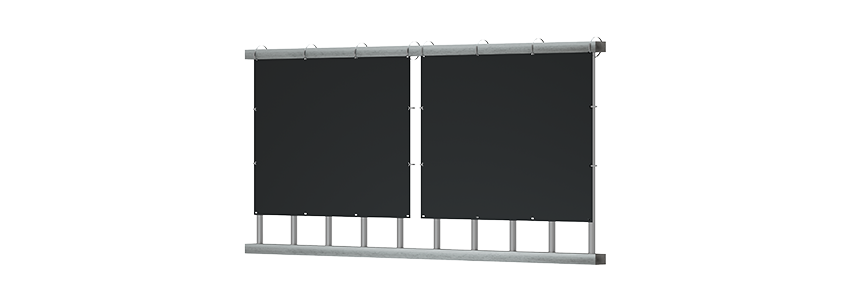
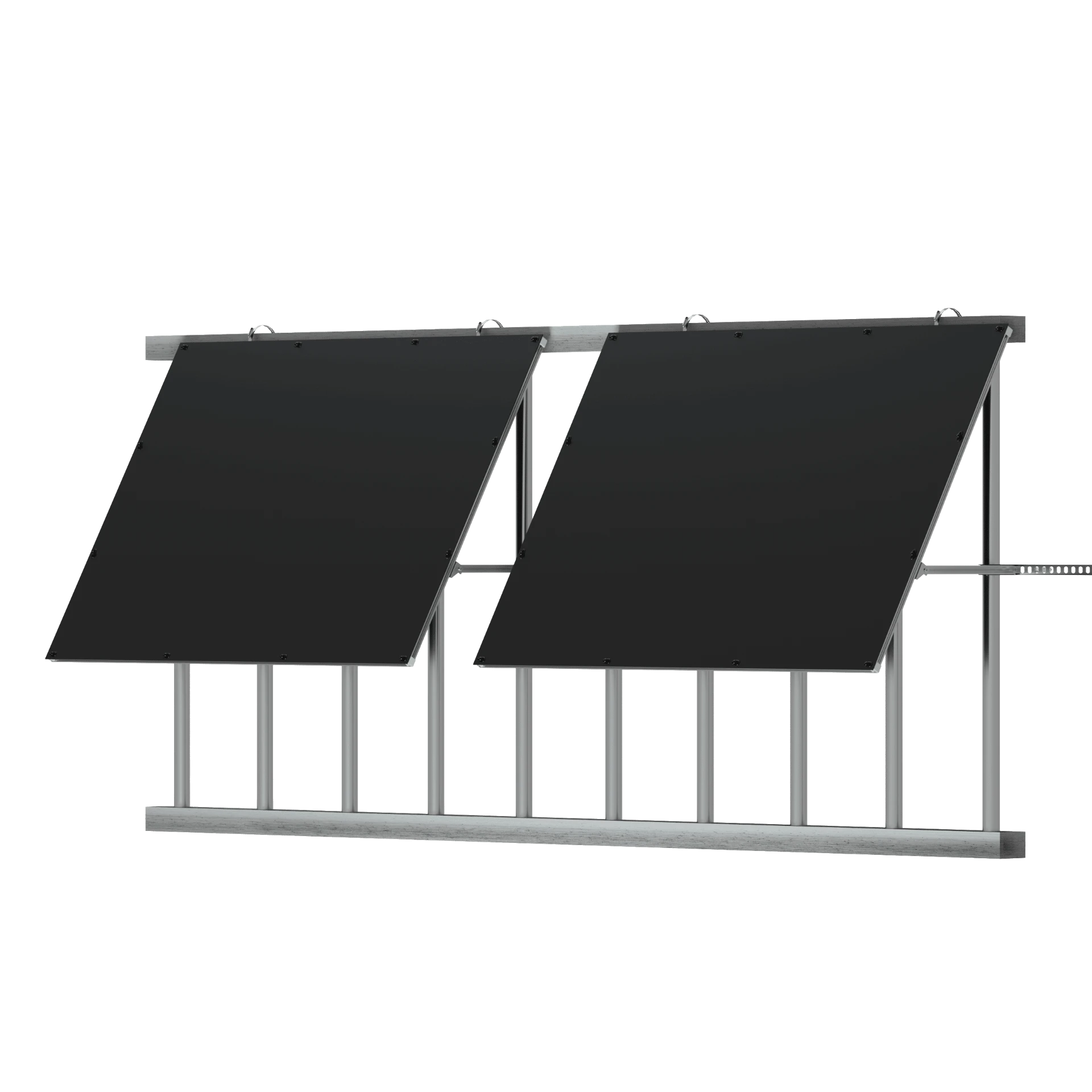



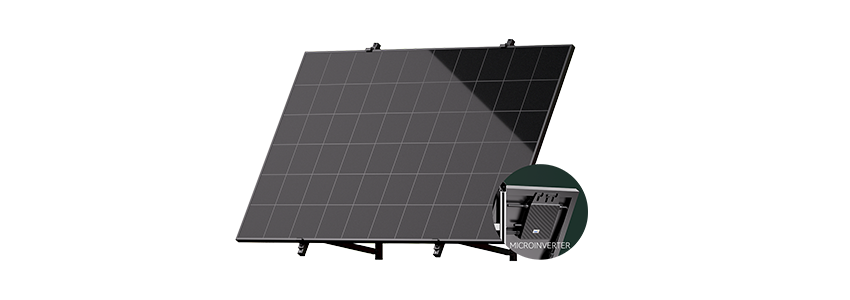
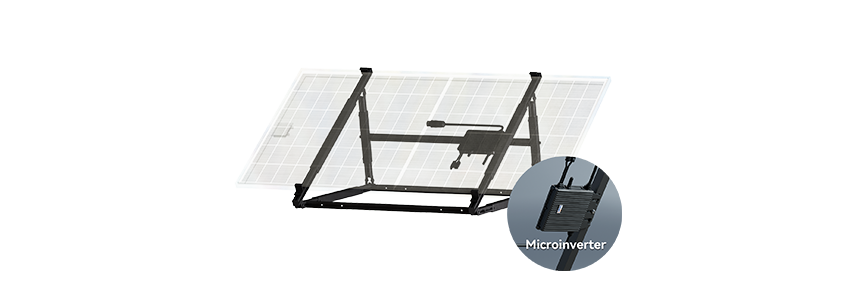
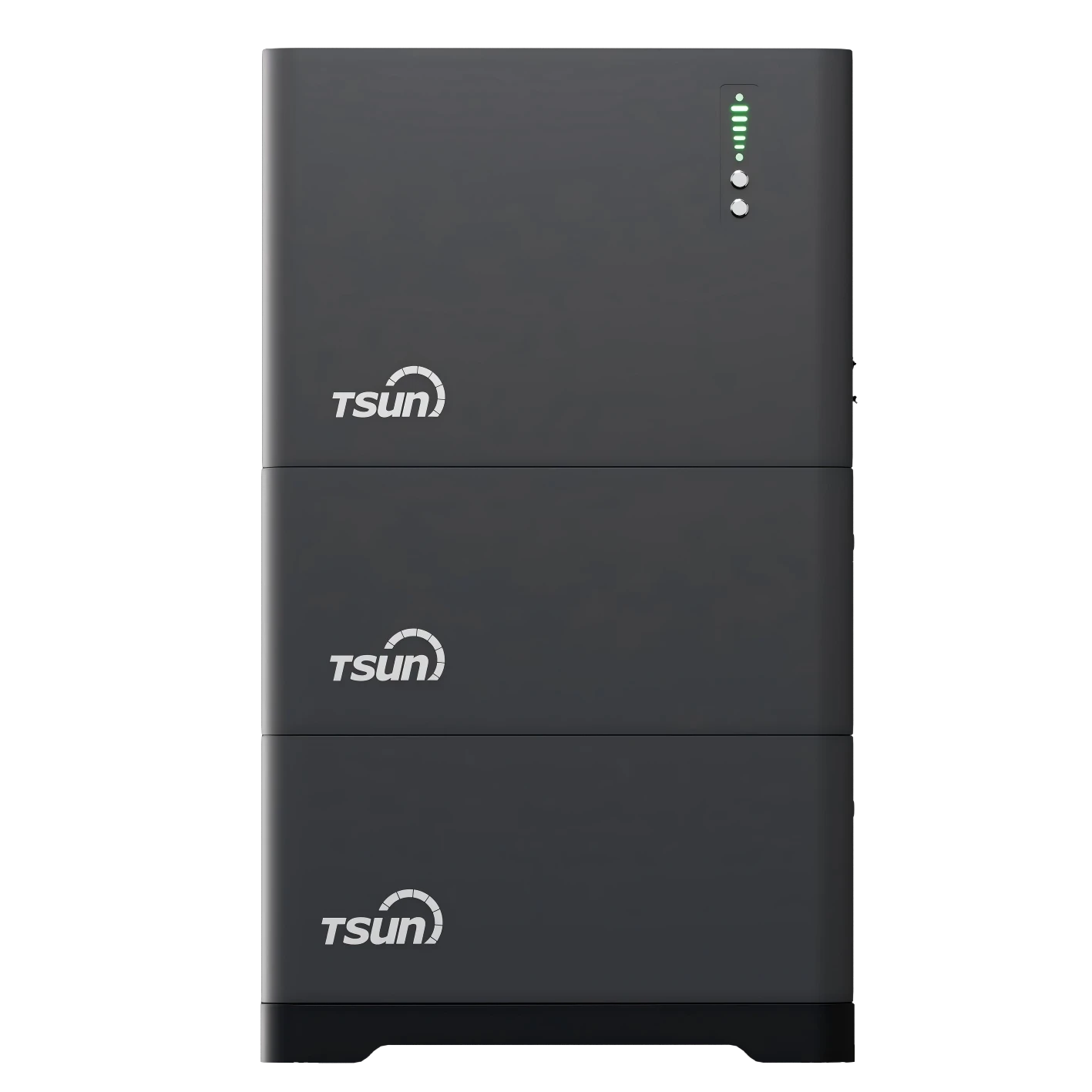
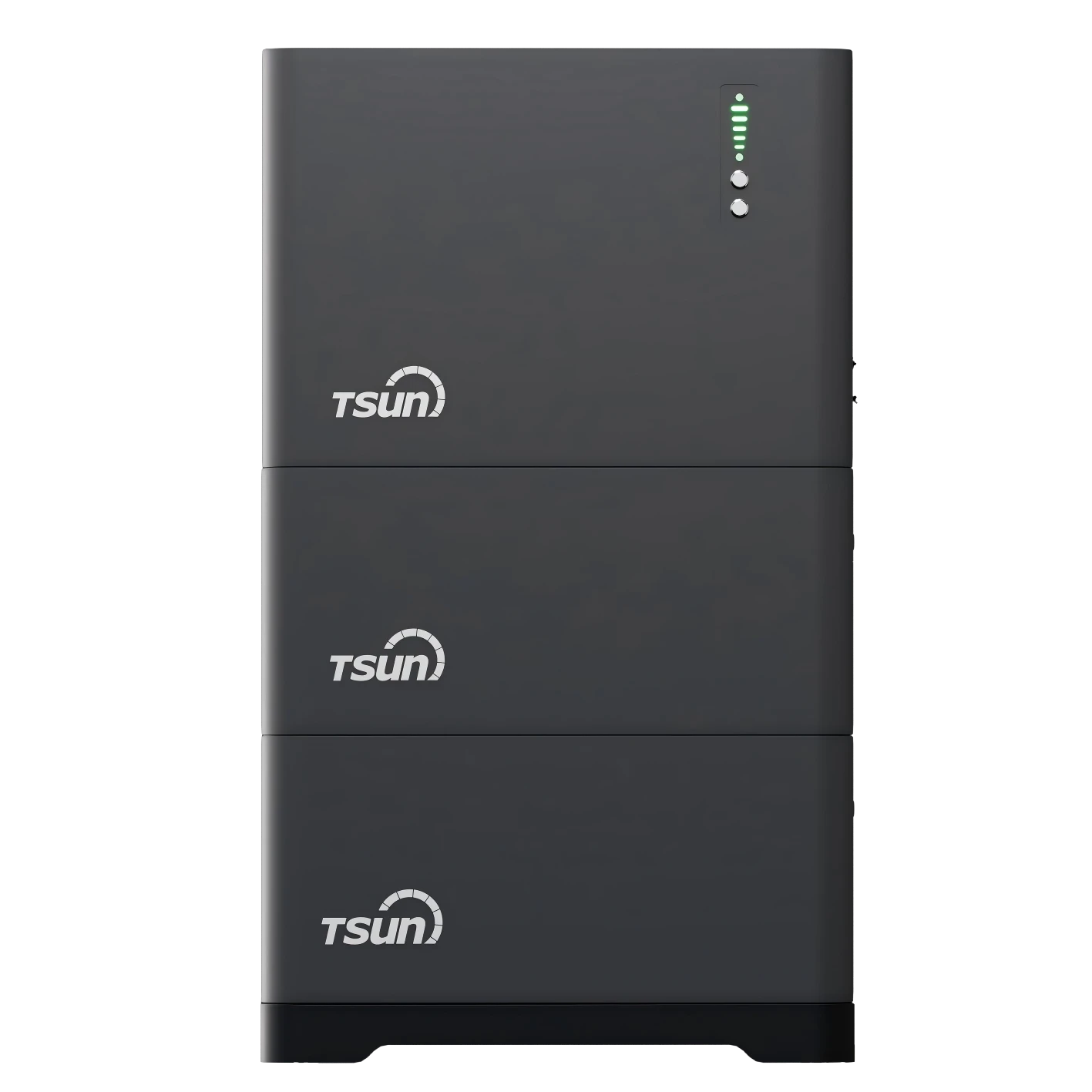
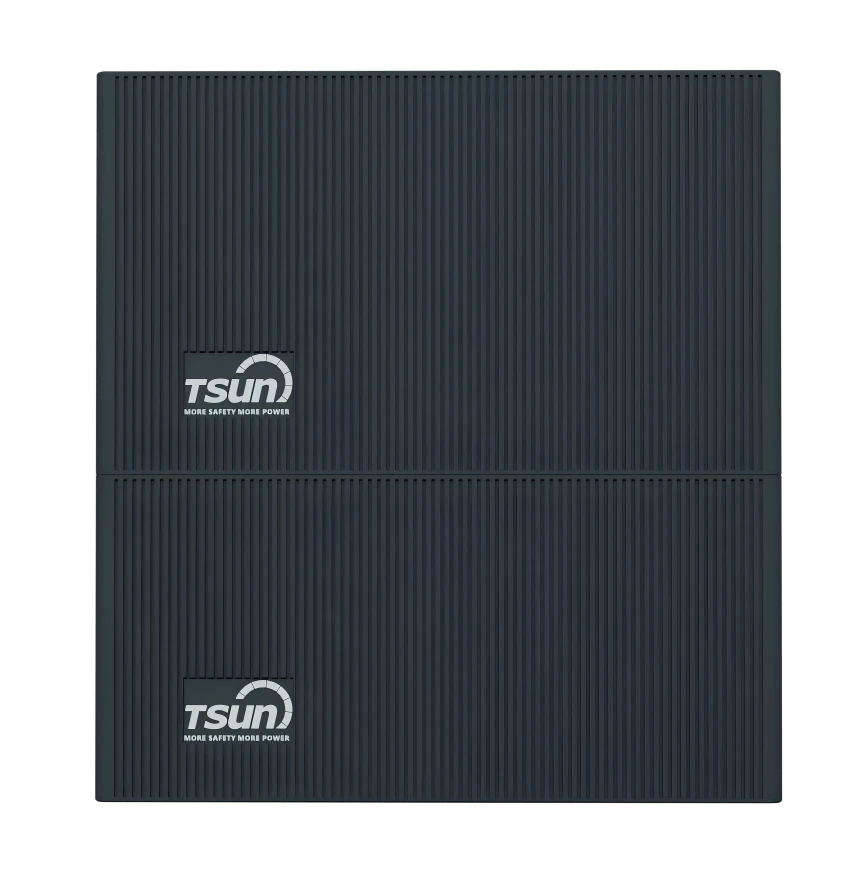

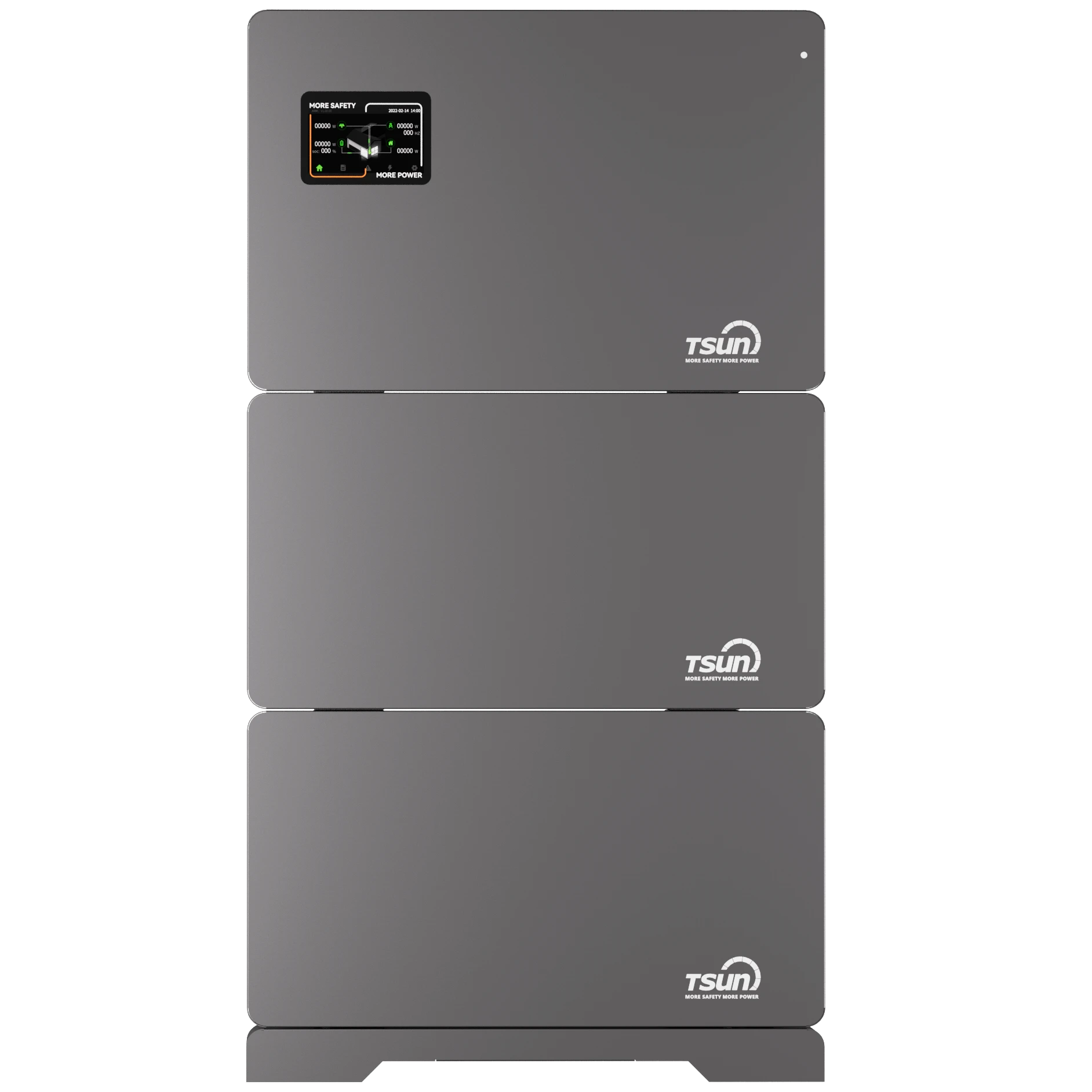



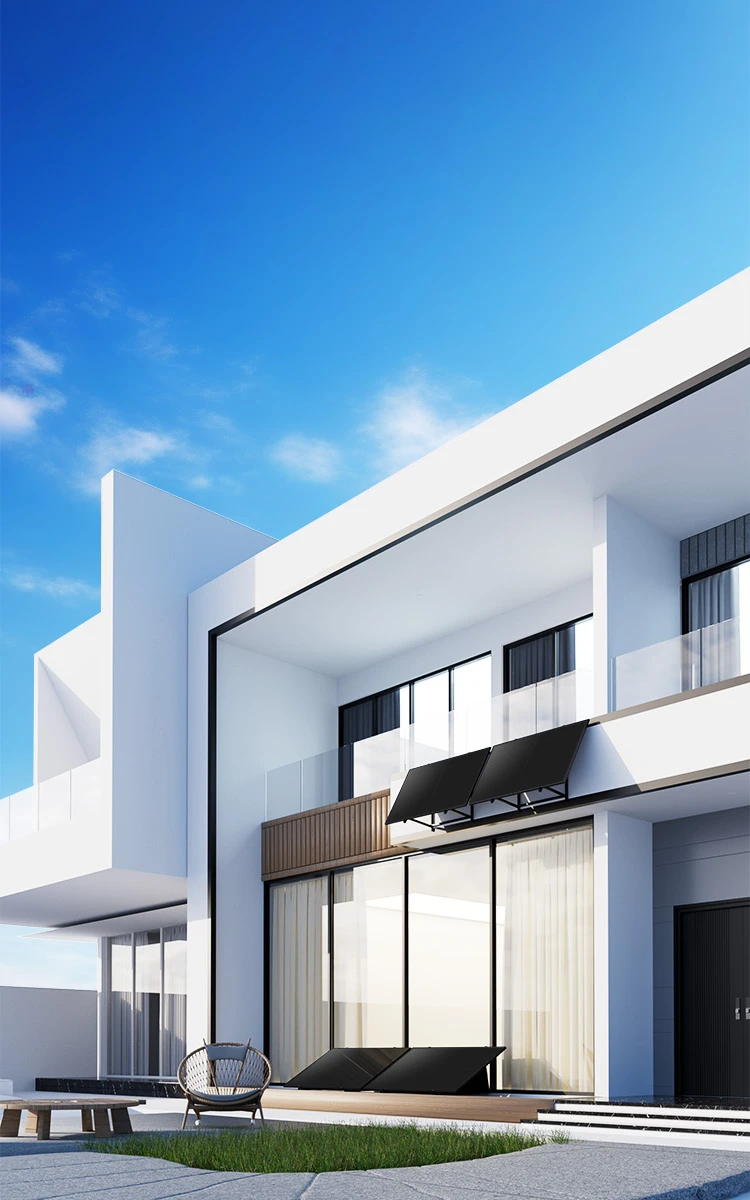
 LEARN DETAILS
LEARN DETAILS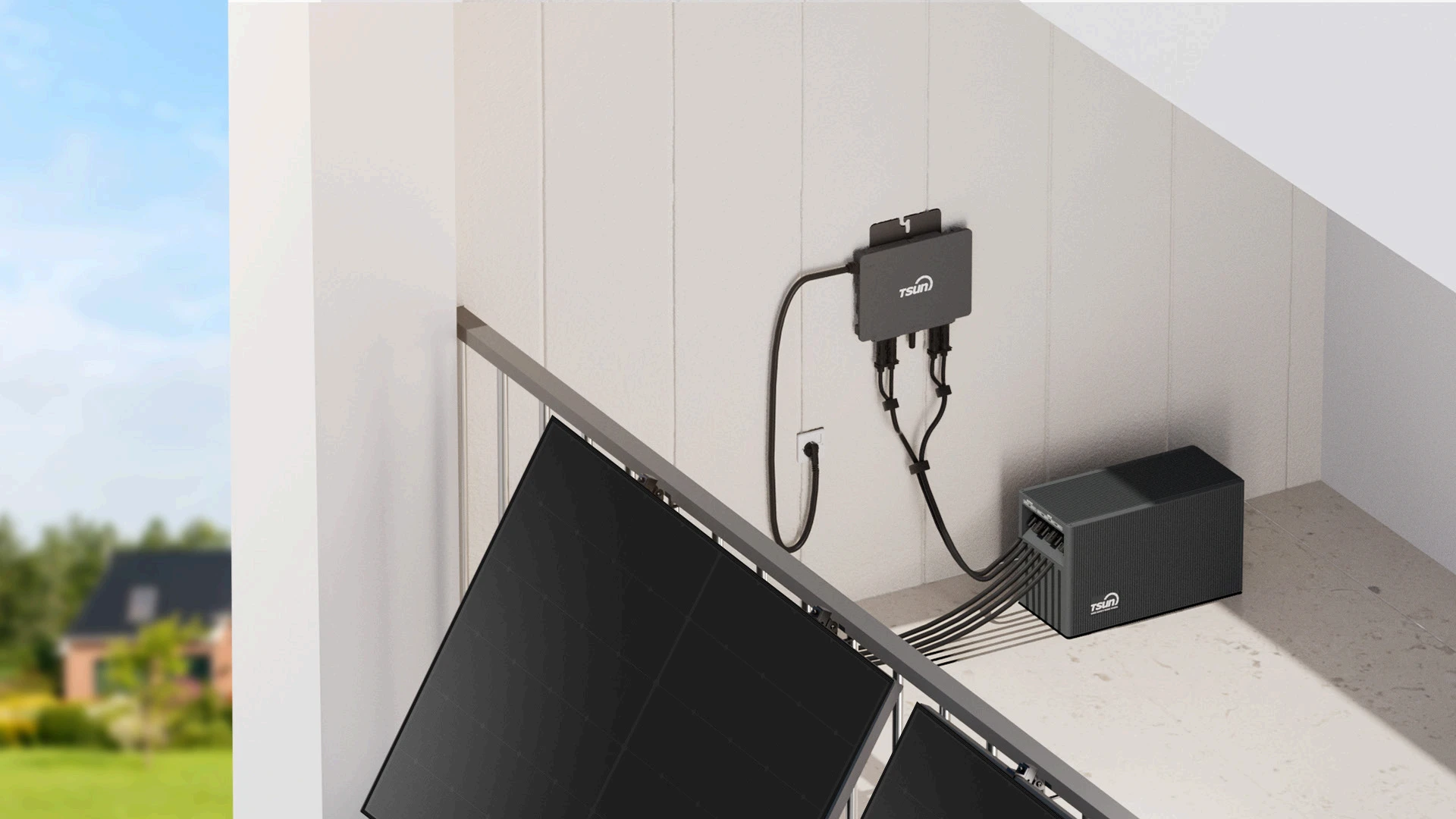
 LEARN DETAILS
LEARN DETAILS
 LEARN DETAILS
LEARN DETAILS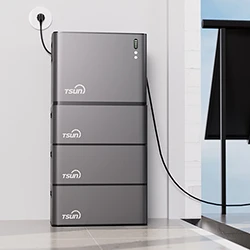
 LEARN DETAILS
LEARN DETAILS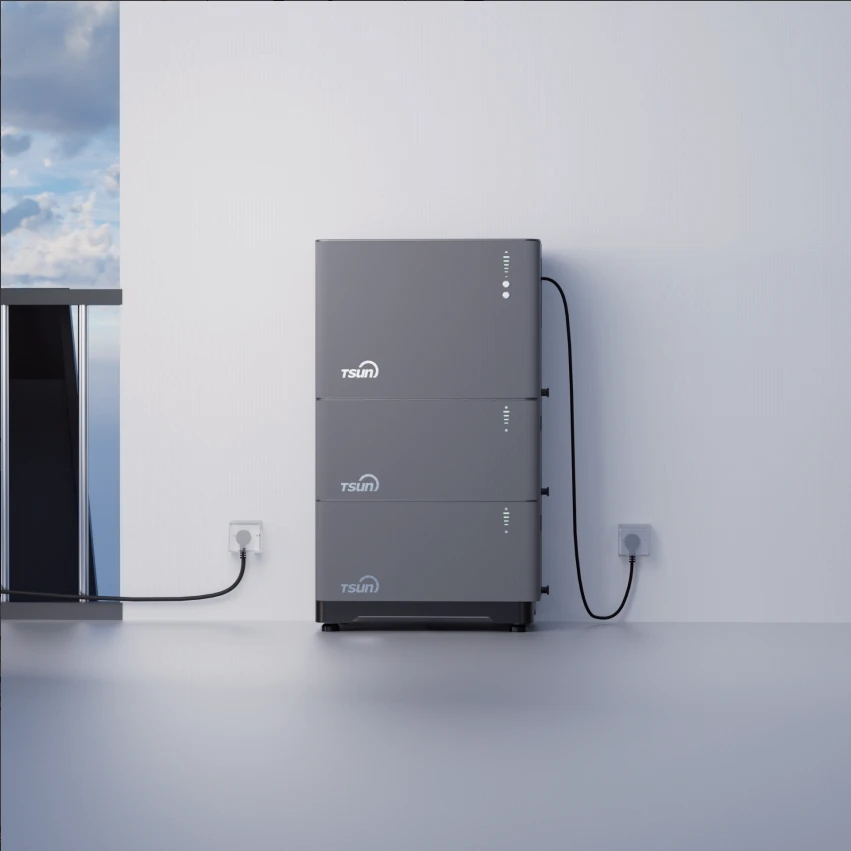
 LEARN DETAILS
LEARN DETAILS

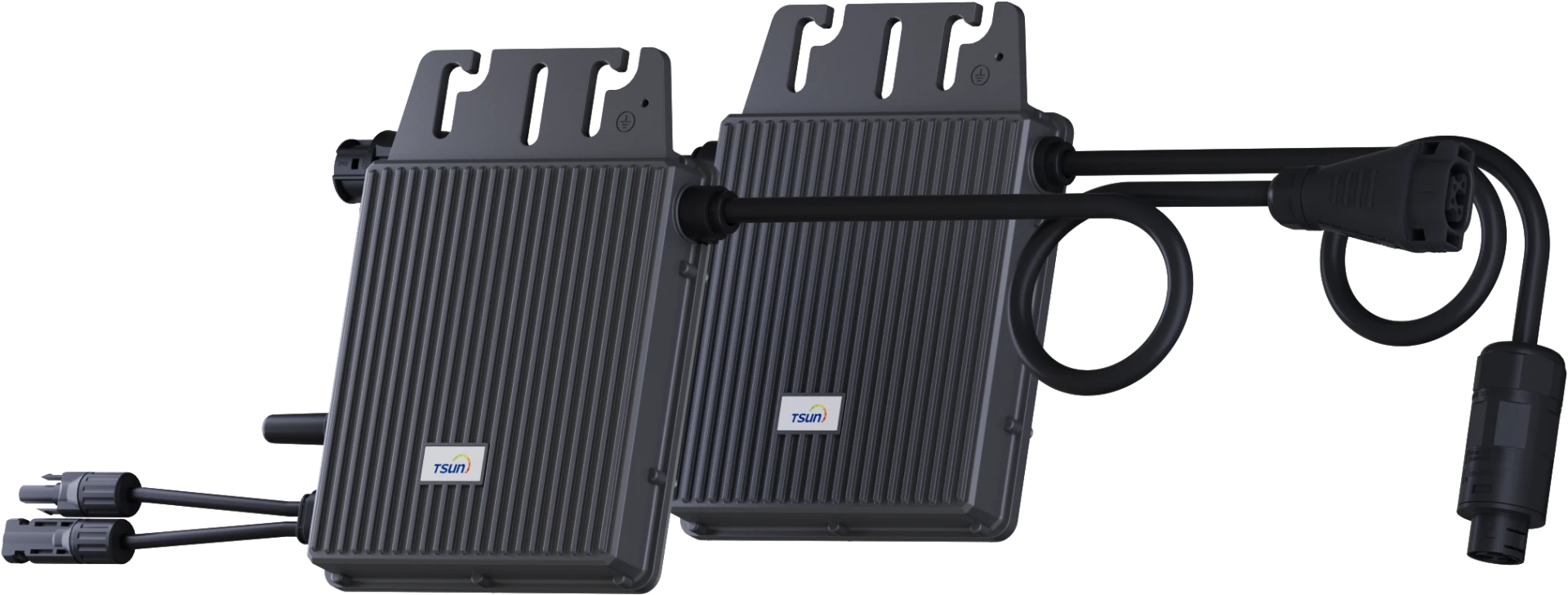

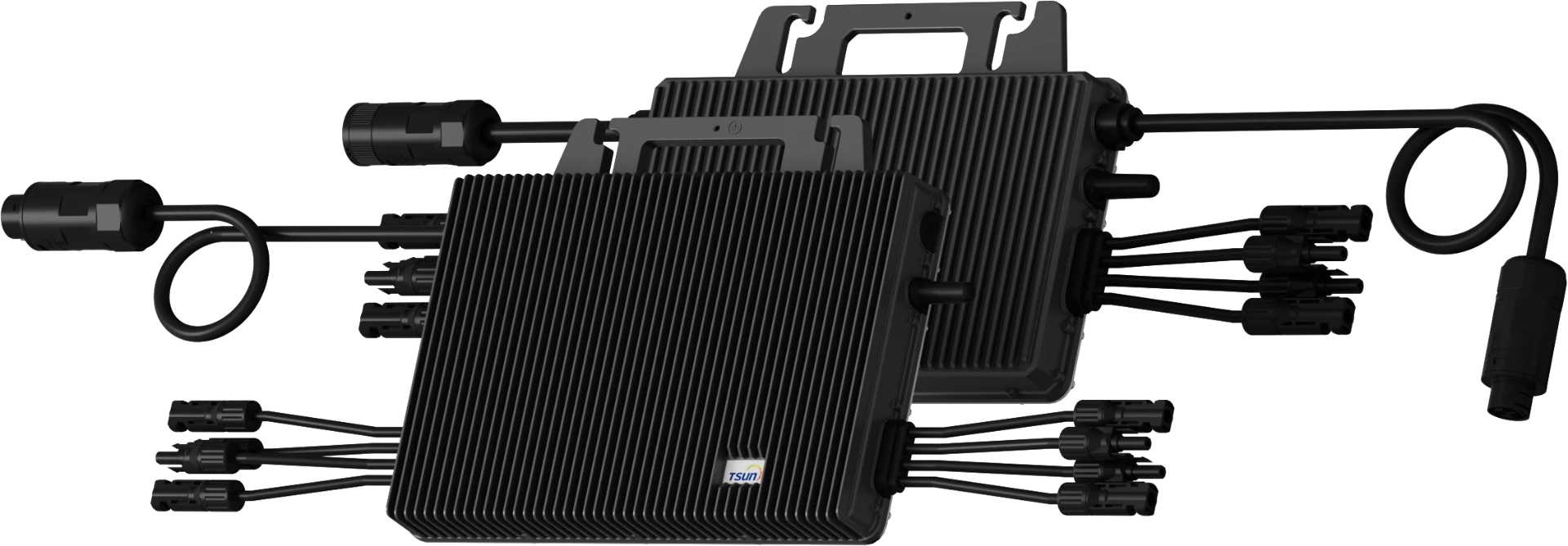
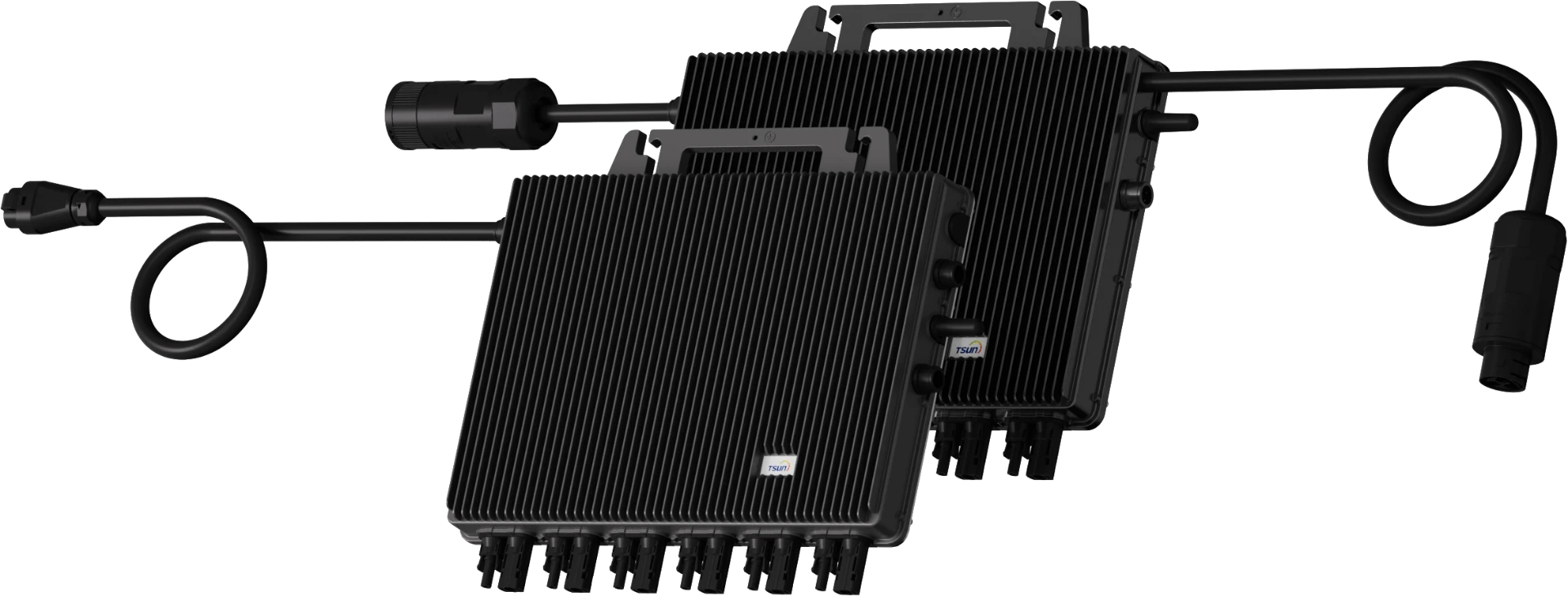
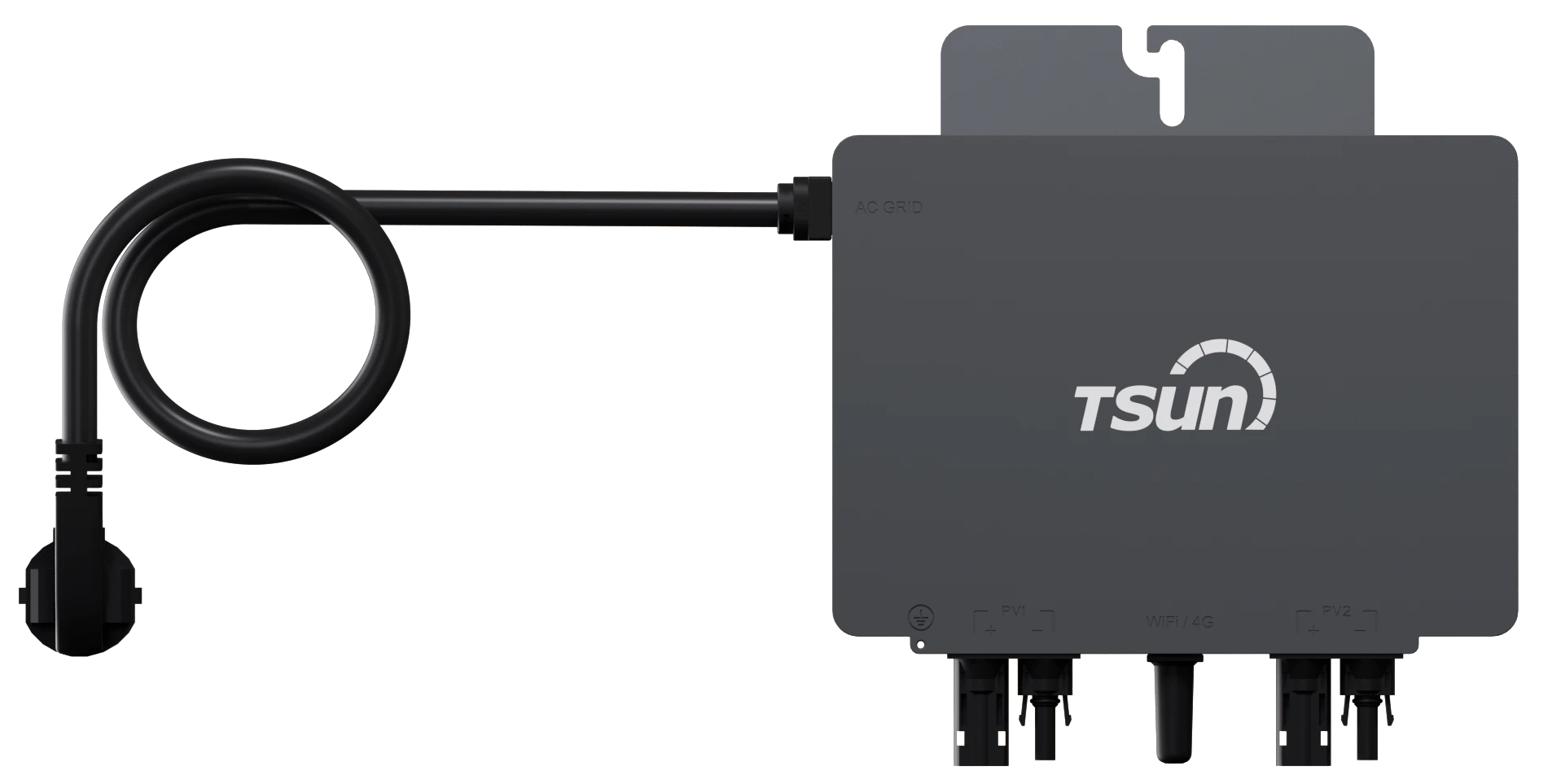
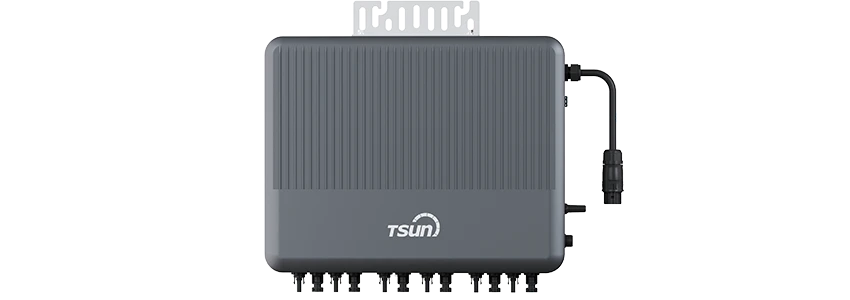
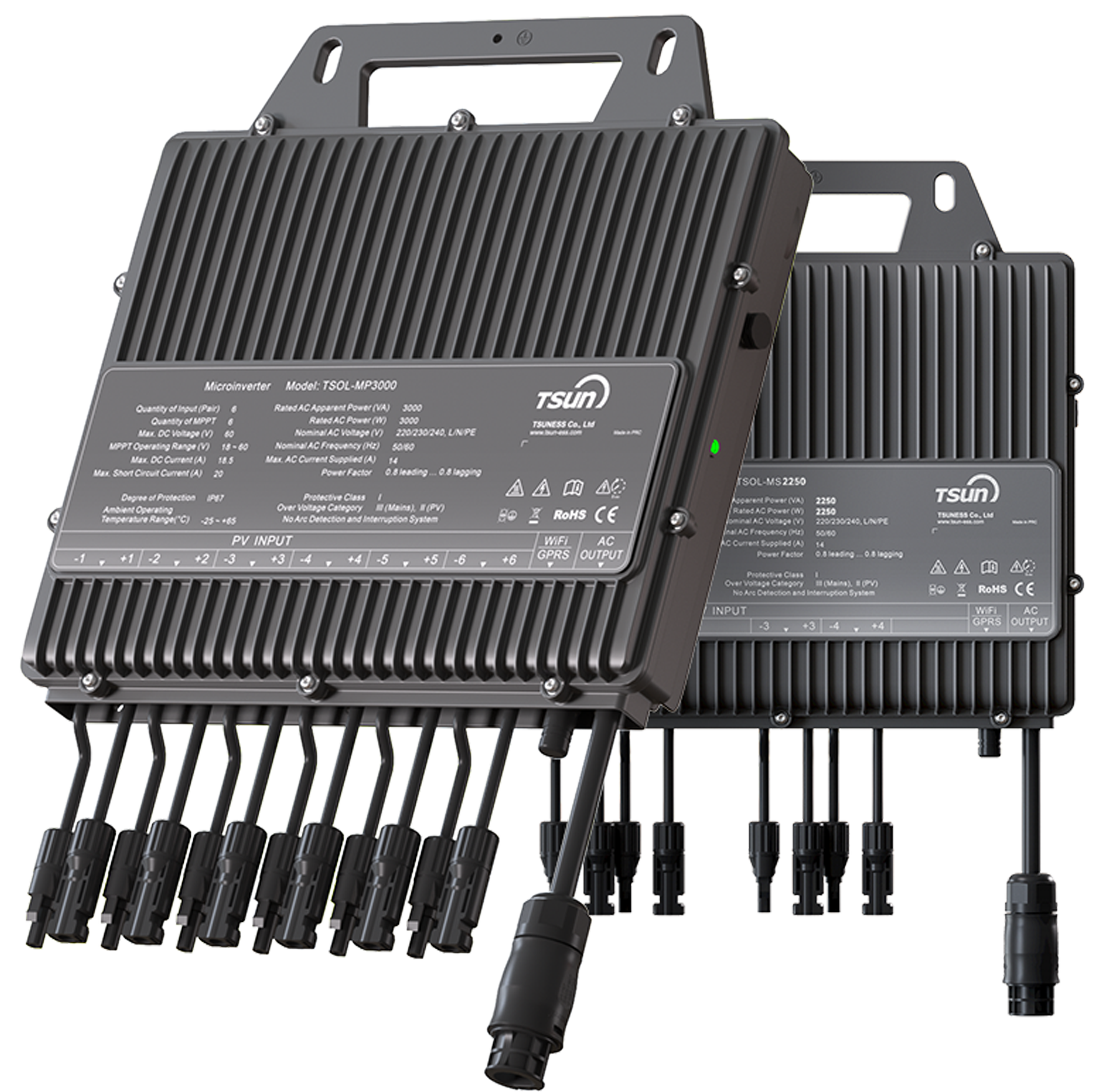
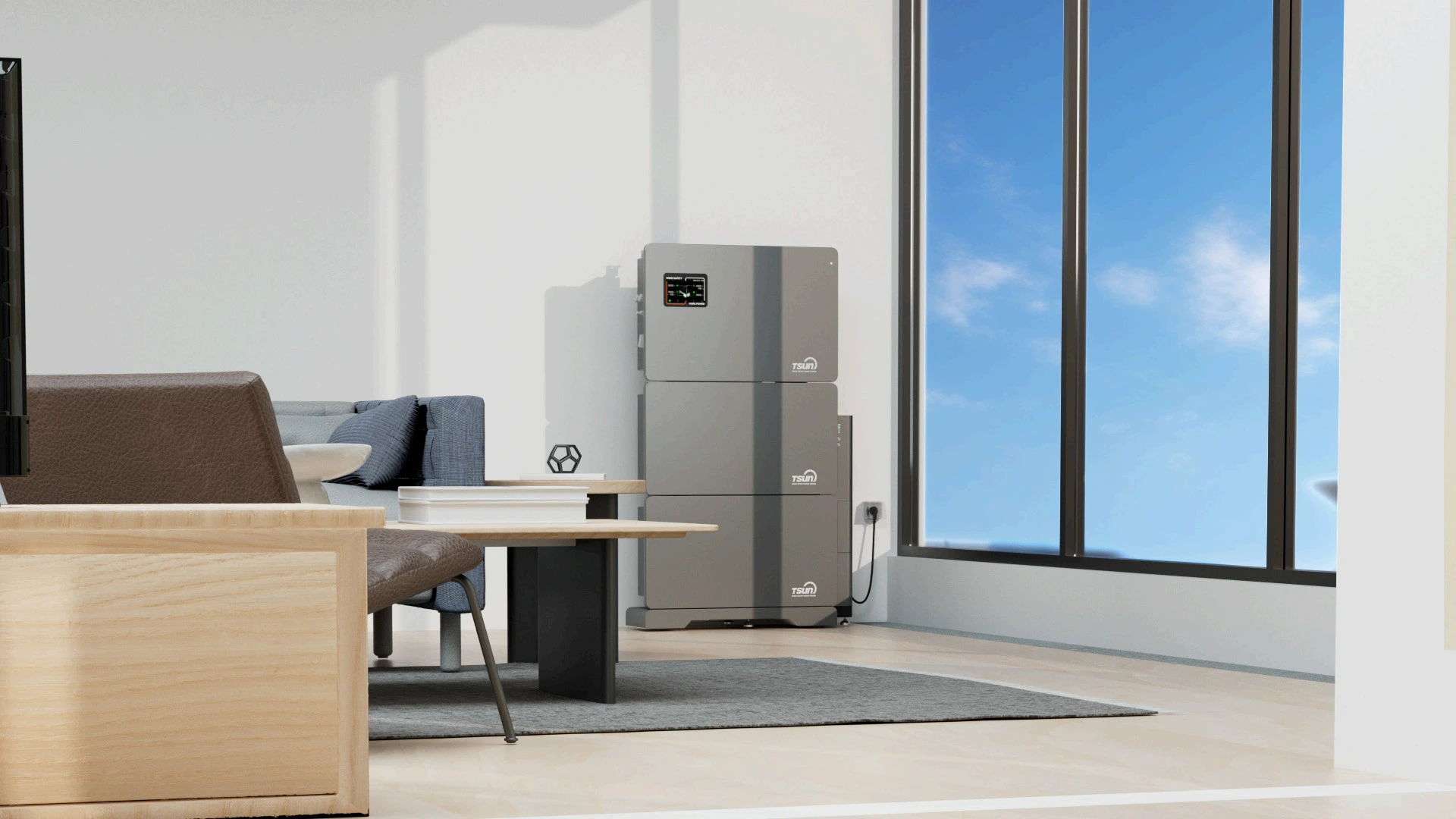

 Downloads
Downloads Video Center
Video Center Report Fault for Repair
Report Fault for Repair FAQS
FAQS Service Network
Service Network Privacy Policy
Privacy Policy Contact Us
Contact Us Monitoring
Monitoring


 LEARN MORE
LEARN MORE








